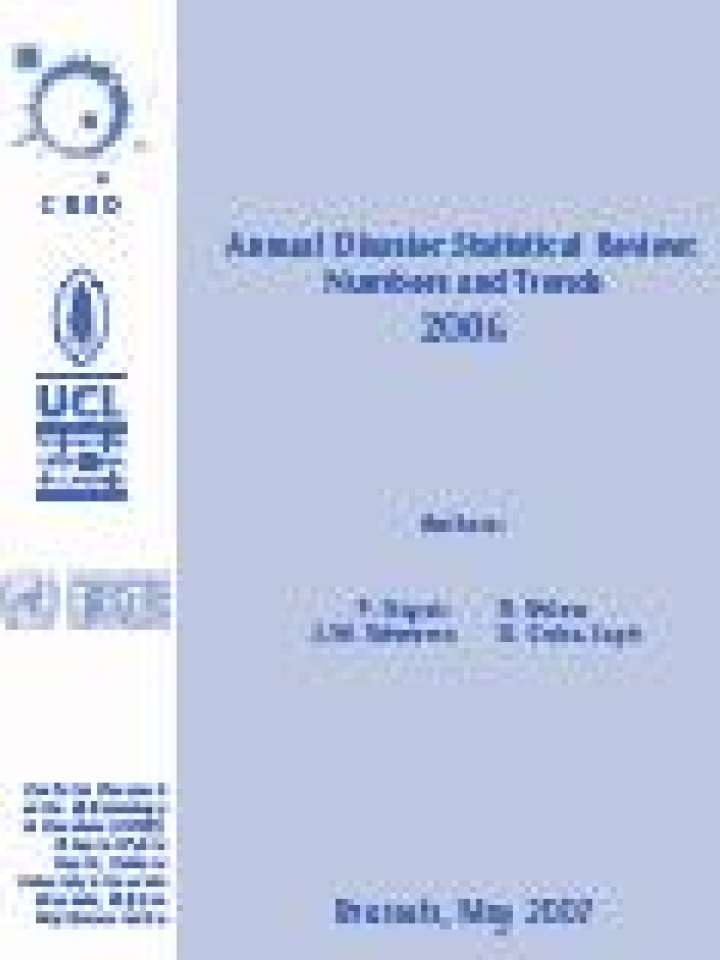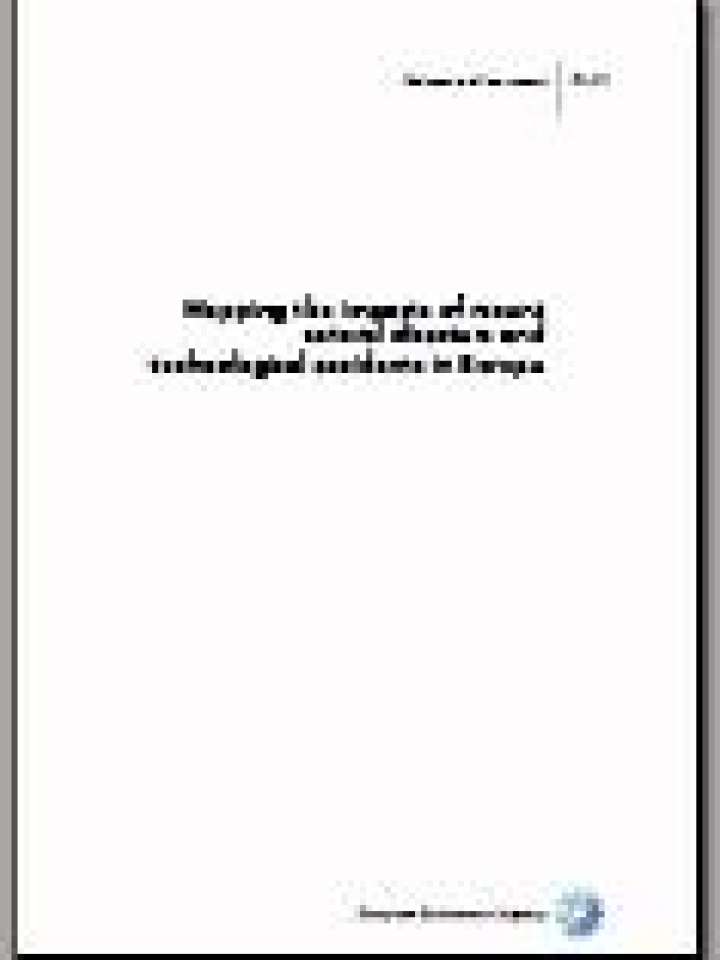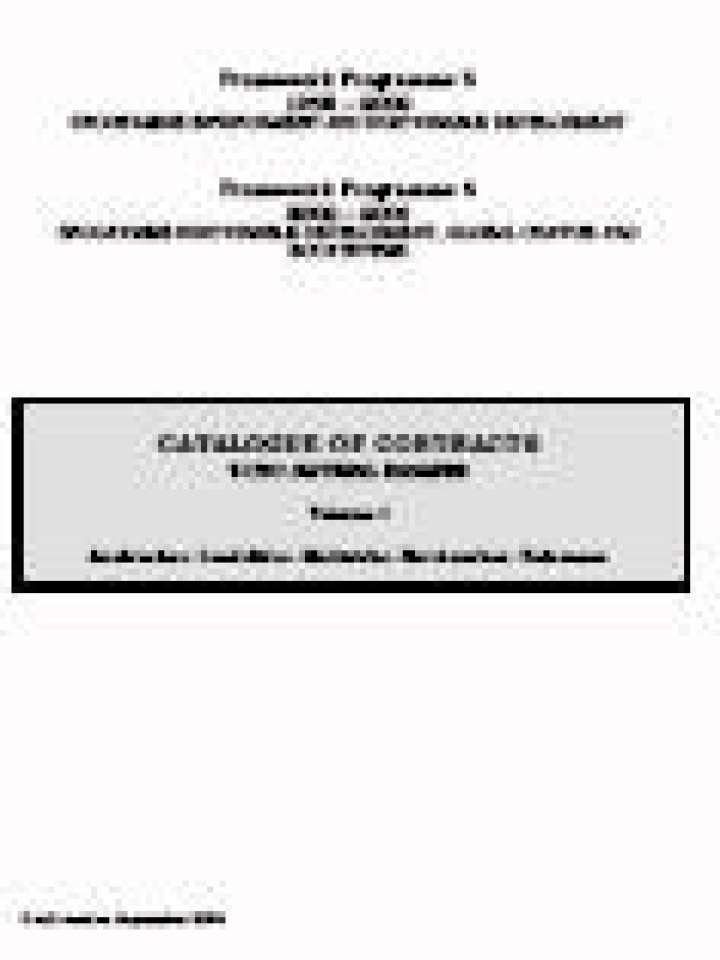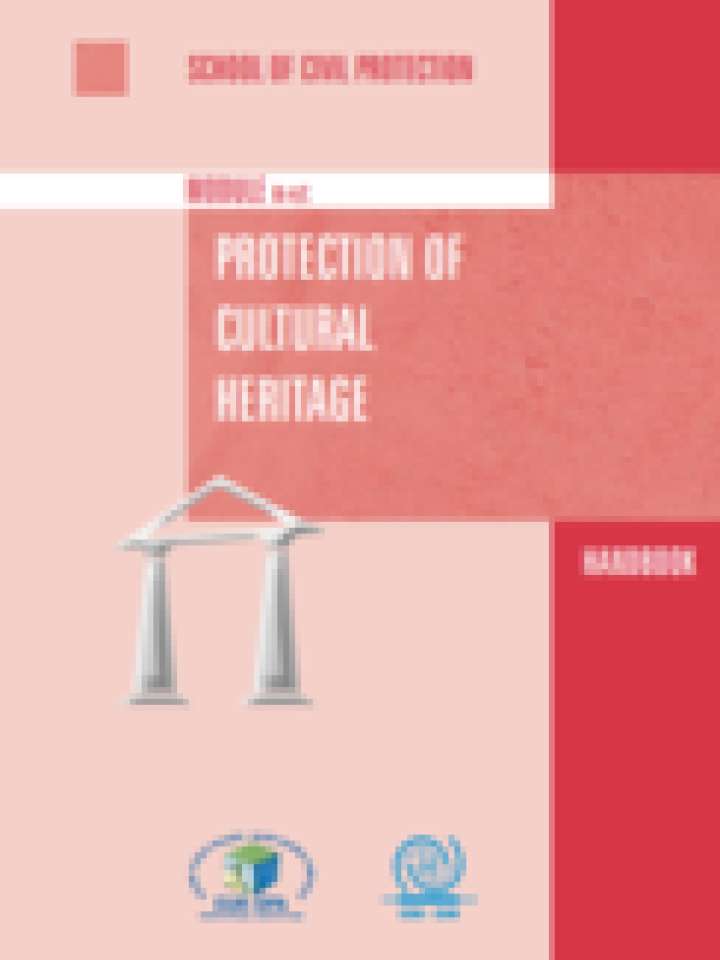Avalanche
An avalanche is a mass of snow and ice falling suddenly down a mountain slope and often taking with it earth, rocks and rubble of every description (WMO, 1992).
Thousands of avalanches occur every year, killing an average of 500 people worldwide. Avalanches occur when massive slabs of snow break loose from a mountainside and shatter like broken glass as they race downhill. These moving masses can reach speeds of 130 km/hour within about five seconds. They cannot always be predicted but the weather conditions, which make them more likely, can be forecast in advance. Most accidents now occur because people ignore warnings. The majority of avalanche incidents are due to slab avalanches with skiers involved. Avalanches are bigger, travel greater distances and are triggered earlier in the year. These changes can be attributed clearly to rising temperatures, which have reached 0.2 to 0.4 degrees annually in some parts of the Himalayas.
Avalanche protection and control measures include early warning which is key (EAWS). By way of controlled explosions, artificial avalanche triggering aims temporarily to safeguard possible starting zones (SLF). Defensive structures prevent the formation of avalanches. In order circumstances, when an avalanche is released, it can be diverted or intercepted by a dam. Other means of protection against avalanches include physical structures for buildings and snow sheds (SLF).
Avalanche risk factors
- Quick changes in weather, snowpack and terrain.
- Increasing human populations: winter sports lovers at ski resorts and developers building in vulnerable locations.
- Climate change.
Vulnerable areas
- Human settlements in avalanche-prone zones.
- Rural mountainous villages with no early warning systems.
- Human settlements with no forest cover.
- Skiing populations and tourists not educated in avalanche risk.
Risk reduction measures
- Not constructing buildings, roads, etc. in avalanche hazard areas.
- Early warning systems at local and national levels.
- Information on avalanches, their impacts and risks for tourism information offices.
- Tree planting to protect against the release of avalanches.
- Building codes and appropriate materials to reinforce resilience.
- Raising awareness, educating and training residents and visitors on what to do before, during and after an avalanche.








